Sydney to Hobart 2021: Incredible rescue in deadly 1998 race remembered
The children of this veteran sailor grew up hearing tales about the Sydney to Hobart yacht race. But one story of a rescue in the deadly 1998 race is nothing short of extraordinary.
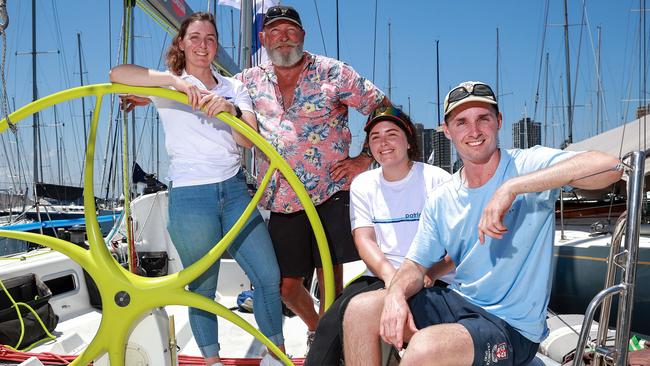
Local Sport
Don't miss out on the headlines from Local Sport. Followed categories will be added to My News.
His son calls it a late mid life crisis.
A decision by Lake Macquarie’s Richard Grimes to find a boat, buy it, fix and repair it and then sail it in the Sydney to Hobart all in the space of a month with twins Jess and Tom and daughter Rebecca.
It became a real life crisis this week when they discovered keel damage too serious to sail in the race.
But if anyone is good in a crisis it is Grimes.
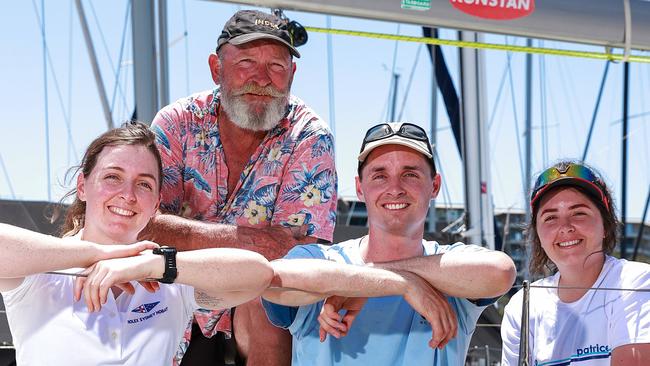
A F18 top gun fighter pilot who now works as an Air Combat training program manager, the veteran sailor has raced 30 Sydney to Hobart yacht races, including the deadly 1998 race.
And while his children have heard may of his yarns – some repeatedly – others are unaware of the part he played in an extraordinary rescue at sea in the 1998 race.
In a race which will forever scar the history of the event, Grimes and crewmates played a pivotal role in the rescue of a sailor washed overboard during a violent storm which savaged the fleet and eventually claimed the lives of six sailors.
Grimes was aboard the 41-footer Challenge Again, owned by the late, great Lou Abrahams, a two-time overall winner of the Sydney to Hobart, in 1998.
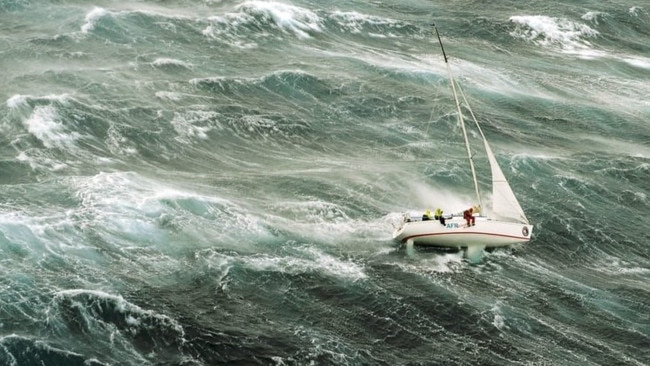
“It was 30 minutes before midnight on the first night of the 1998 Sydney to Hobart race. We were off the NSW coast, running in a hard nor’easterly,’’ Grimes said.
“Then it just kicked in, hard. The next thing we got knocked down (laid flat with the mast on the water).
“Skip (the late Garry Schipper) was in the transition of clipping from one side of the mast to the other and went through the lifelines.’’
Veterans Frazer Johnstone and Col Anderson reacted immediately to throw the strobe light, torch and dan buoy (which marks a location during a man overboard) into the ocean.
“I kept an eye on the light and when they got the main (sail) down and the prop was clear, we motored back up to him,’’ Grimes said.
Grimes said it took around 20 minutes to get Schipper back aboard, a task made more dangerous as Schipper was heavy from his waterlogged clothes and having his sea boots fill with water.
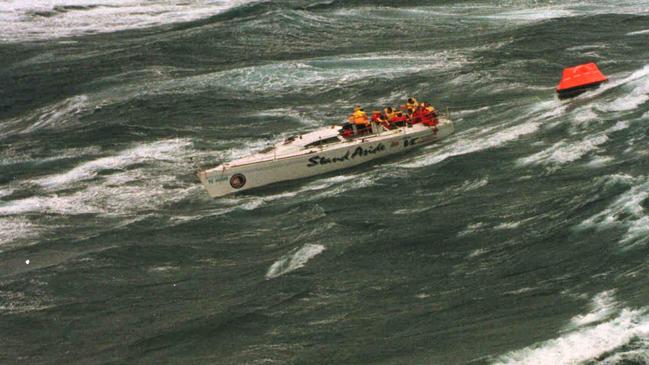
“All up he was about 156 kilos. You can normally grab hold of someone and drag them on to the boat at the transom,’’ Grimes said.
“But he had tapped his wet weather gear to his sea boots and basically turned them into waders. Skip had managed to get one sea boot off, but not the other.
“No lifejacket, 20 minutes in 40 knots and a good seaway. Skip did not have much left in the tank’’
The crew tried to retrieve him the traditional way but he was too exhausted to hold on to a yellow recovery ring.
Instead Grimes attached the ring to a halyard and converted it into a lifting sling.
“Nick Partridge then launched himself into the water to secure Skip to the sling. The crew then winched Skip, Partridge and a quarter ton of the Tasman Sea onto the deck,’’ Grimes said.
Their quick thinking helped save the life of their crewmate.
“He was spewing sea water. He was absolutely exhausted. Skip said he was fine and I recall he went into his bunk and just slept,’’ Grimes said.
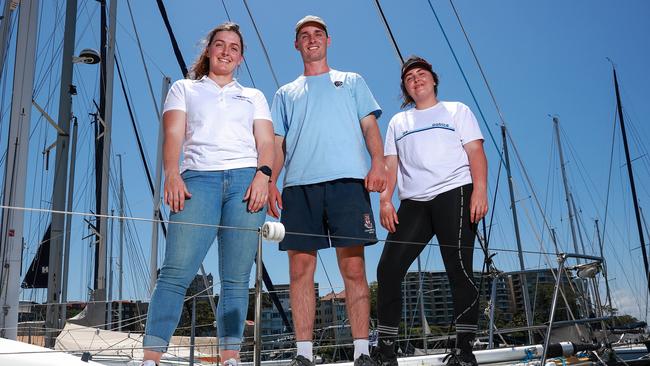
Challenge was one of the luckier boats in the fleet the year an intense low exploded across the racecourse triggering horrendous seas and cyclonic winds.
By the end of the race, six men had lost their lives, 55 sailors were rescued from multiple stricken yachts, five boats had sank and seven were abandoned at sea.
Just 44 of the 115 yachts to start the race finished it. Challenge was one.
Thankfully there is nothing to indicate a repeat of the 1998 weather in this year’s race.
FIRING LINE: Worst job in the fleet?
SYD-HOB WEATHER: Latest forecast
SYDNEY TO HOBART: Spectator guide
More from Amanda LulhamHERE





